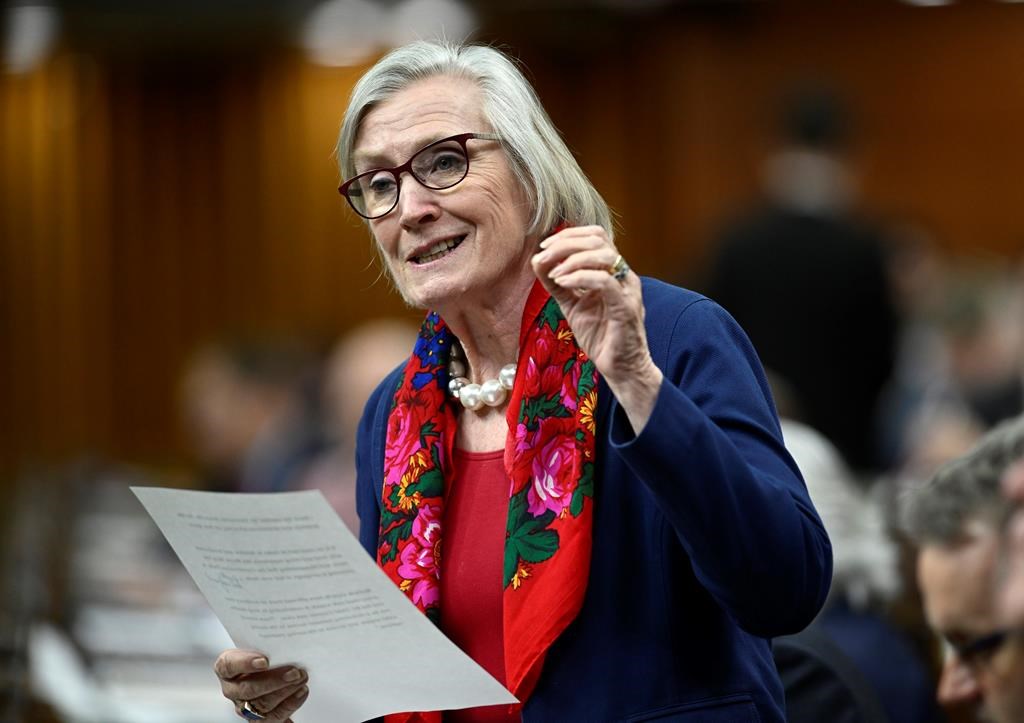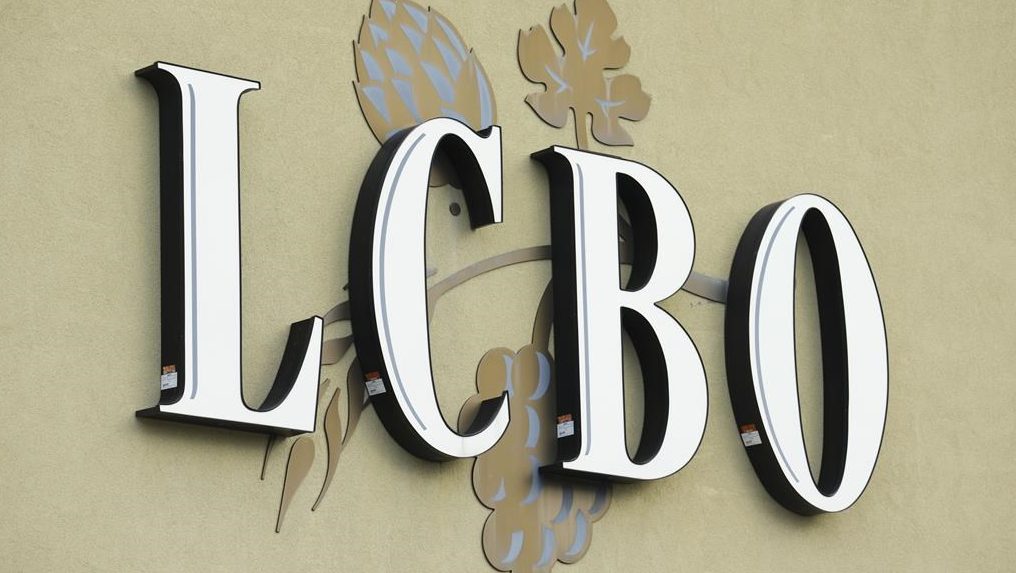National Civil Rights Museum president leaves mark on site
Posted January 30, 2021 10:55 am.
Last Updated January 30, 2021 11:08 am.
MEMPHIS, Tenn. — In November 2014, Terri Lee Freeman became president of the National Civil Rights Museum in Memphis.
Two years later, the Smithsonian Institution opened its much-heralded National Museum of African American History and Culture on the National Mall in Washington.
The following year saw the arrival of the Mississippi Civil Rights Museum in Jackson.
In April of the next year came the National Memorial for Peace and Justice and Legacy Museum in Montgomery, Alabama.
Museums and monuments dedicated to civil rights and human rights aren’t exactly in competition, in the manner of drug store chains or fast-food restaurants. Freeman refers to such institutions as “partner museums,” because of their shared values and mutual interest in throwing light on the country’s racial history and on the contributions of non-white individuals to the so-called “American experiment.”
Even so, the pre-pandemic boom in “heritage tourism” that occurred during Freeman’s six-year tenure at the Civil Rights Museum meant that travellers seeking to connect with Black history had many more major options in 2020 than they did in 2014.
The alternatives did not affect the museum. Attendance increased by the tens of thousands of during almost every year of Freeman’s tenure at the Civil Rights Museum — a tenure that comes to its official close Feb. 3.
“The Civil Rights Museum is a site where history occurred,” explained Freeman, 60, who announced her retirement from the Memphis job in December.
“People come to the museum many times as a pilgrimage. Some people don’t even come inside, they just want to see the balcony,” she said, referring to the space outside Room 306, where Dr. Martin Luther King Jr. was felled by an assassin’s bullet on April 4, 1968.
“That is something that is unique to the Lorraine Motel,” she said, “and because of that the museum will always be a meaningful destination.”
In fact, the Rev. Ralph Abernathy, King’s close friend and colleague, referred to the Lorraine as a “sacred” place in 1989, while participating in the groundbreaking for the museum. Unlike most such ceremonies, this event was an exorcism as well as a promotion — an effort to destigmatize the Lorraine and transform a site of Memphis shame into a haven for education and uplift.
“You can open civil rights museums everywhere else, but none of them have the historic significance the Lorraine has here in Memphis,” said AutoZone founder J.R. “Pitt” Hyde, a member of the National Civil Rights Museum board for more than 25 years.
“The place evokes emotion,” Freeman said. “I would put the Civil Rights Museum up against any museum in the country when it comes to the content and the emotional experience people have being in that space.”
MLK50, FREEDOM AWARDS AND ‘UNCOMFORTABLE’ CONVERSATIONS
But the past isn’t the museum’s only draw. Museum officials and supporters credit Freeman with keeping the institution alive to the present, too. In fact, the museum functioned as not just an inspiration but a gathering place for Black Lives Matter activists and other social-justice advocates during the protests of the past year, which were led in large part by young people who can’t remember a time when the museum wasn’t part of the South Main Historic District landscape.
As if in preparation for such crises, Freeman several years ago launched an ongoing “Unpacking Racism for Action” program, which enlists corporate representatives and individual participants for deep-dive “dialogue sessions” that examine “implicit bias,” “unconscious bias” and “systemic racism.”
“When I came here, I talked a lot about people being unwilling to have uncomfortable conversations — and this was before all this craziness, before we had a president who to a large degree stoked a lot of division,” Freeman said. “I wanted the museum to be a safe space for those uncomfortable but honest conversations about race and what has happened over the years. You have to have the conversations before you can have the healing and find the solutions.”
“Most people think of a museum as a place where you come and visit, you see what’s there, and that’s that,” said Herbert Hilliard, retired longtime First Horizon Bank executive and chair of the museum’s board of directors. “But we also thought we should be a gathering place where people come and share ideas.”
Sometimes, people come from all over the country to share ideas. That’s the case during the museum’s annual Freedom Awards, an event that since 1991 has honoured such people as Nelson Mandela, the Dalai Lama, Bono of U2, Rosa Parks and, in 2018, Joe Biden. (The 2020 awards were held virtually; museum officials hope this year’s awards will again be an in-person event.)
That also was the case during the signature event of Freeman’s tenure: The “MLK50” recognition of the 50th anniversary of Dr. King’s death, which was marked with numerous seminars and tributes at the museum, and which reunited — probably for the last time, in some cases — some of King’s key aides, allies and disciples.
“We focused not on his death so much but on his legacy,” Freeman said.
“We tell the civil rights story,” said Faith Morris, chief marketing and external affairs officer with the museum. “Don’t spend time with us if you don’t want to know the truth.
“That is why we associate with scholars, with people who have as their business digging deep into what the issues are, and what has happened through history, and finding parallels and lessons for what is going on now.”
NEXT STOP: REGINALD F. LEWIS MUSEUM
The conclusion of Freeman’s run as only the museum’s second president (her predecessor, Beverly Robertson, was in the job for 17 years) ends close to six years of back-and-forth travel between Memphis and Maryland for Freeman’s husband, Dr. Bowyer Freeman, longtime pastor of New St. Mark Baptist Church in Baltimore.
It also marks the end of a particularly turbulent year for Freeman.
As if managing the museum’s responses to the COVID-19 pandemic and to the crises that inspired the Black Lives Matter protests wasn’t stressful enough, Freeman spent much of the year recuperating from a car wreck that broke her knee and ankle (the wreck occurred on Jan. 15 — King’s birthday). And on Aug. 5, her mother, Barbara Lee Chaney, who had moved to Memphis to be with her daughter when Freeman was hired to run the Civil Rights Museum, died of lung cancer at the age of 83.
“She was my best friend — and my date when my husband wasn’t in town,” said Freeman, an only child who essentially was raised by her mother after her parents divorced.
With the couple’s three daughters grown, the time seemed right for husband and wife to reunite on a fulltime basis, Freeman said. But back in Maryland, she will not be a homebody. She has accepted what she classifies as one final institutional challenge: She is the new executive director of the Reginald F. Lewis Museum of Maryland African American History and Culture, which opened in 2005 in Baltimore’s “Inner Harbor” area.
“I did think this was going to be my last gig,” she said of the Memphis museum post. “But I just wasn’t ready to stop working yet.” She said the Lewis Museum is “smaller in scope, but with a similar mission.”
Freeman grew up in Chicago, without siblings but as part of a family filled with artists (including a cartoonist grandfather) and activists who were sometimes both: Her mother was a ballet instructor who also worked at the Chicago Urban League.
A dedicated student, Freeman skipped from fourth to sixth grade, and entered college at 16. Like her mother, however, she was physical as well as cerebral: She studied ballet, and as an undergrad she was a flag-twirling Flyerette for the University of Dayton marching band.
After earning degrees at Dayton and at Howard University in Washington, Freeman made a name for herself as an administrator with the D.C.-area Community Foundation for the National Capital Region. She greatly expanded the charity’s outreach, which helps explain why a national search firm hired by the Civil Rights Museum tapped her as Robertson’s successor.
WHAT’S NEXT FOR NATIONAL CIVIL RIGHTS MUSEUM?
Hilliard said the board again will hire a firm to conduct a “national search” for Freeman’s replacement.
“We don’t look for someone who is just a museum manager,” he said. “We look for someone who can manage an organization. We look for someone who can manage a business.”
The National Civil Rights Museum opened in 1991, and is operated as a private non-profit institution; although the state of Tennessee owns the historic Lorraine Motel itself, the museum does not receive government funding, and raises revenue for its roughly $10 million budget (which includes compensation for close to 50 staffers) from admissions, memberships, museum shop sales, facility rentals and private donations.
In 2012, the museum closed for a $27.5 million renovation, reopening its 52,000 square feet of exhibit space in 2014, as if to herald the arrival of its new president. No doubt the expanded exhibits as well as Freeman’s policies helped boost ticketed attendance, which jumped from 251,488 in 2015 to a record 339,284 in 2018.
Attendance dropped somewhat the next year, and then, of course, was devastated in 2020 by the closures and travel restrictions of the COVID-19 pandemic. “COVID has been truly the greatest challenge we had to manage,” Freeman said. “But the positive side was how we learned to use the virtual world. Doing that really significantly increasing our reach in a lot of ways, because anybody can log into the site from anywhere.”
Hyde, the longtime NCRM board member, said the board is “confident we’ll come up with another great director,” even if the pandemic has created some adjustments to the process.
“You can’t bring in a person and interview them,” Hilliard said. “But if you can do an inauguration virtually, you can do a search virtually.”
Added Hyde: “You never know how long it’ll take, but the sooner the better, as far as we’re concerned. We hope that within three or four months we’ll have a leader.”
Freeman said such recent events as the assault on the Capitol in Washington by rioters carrying Confederate flags and flashing “white power” signals are alarming but not dispiriting. She agrees with the words of Dr. King, who said “the arc of the moral universe is long, but it bends toward justice.”
“We must keep our eyes open,” Freeman said. “We cannot become complacent. We have to understand that attitudes of hate are very prevalent, but we should always have hope. Young people, they’re going to push forward, they’re going to demand policies that are fair and equitable.
“Knowing that little boys and little girls who are brown and black can see themselves reaching the highest levels of government in this nation is really important. Like the saying goes, ’If you don’t see it, you can’t be it.”
John Beifuss, Memphis Commercial Appeal, The Associated Press










